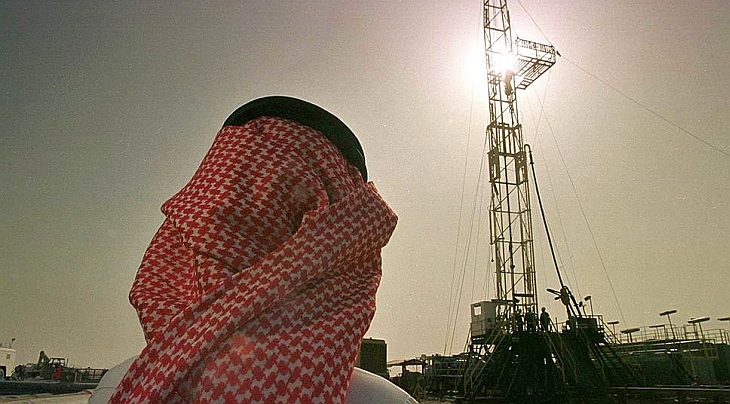Massive downward revisions to oil output in Brazil and Iraq have increased the risks for oil markets of going from the current feast to famine within just a few years, leading to a price spike that would give a new boost to the U.S. shale industry, according to Reuters.
Brazil and Iraq had been expected to add over 2 million barrels per day to global supply by 2020 and another 2.5 million by 2025, becoming the two biggest contributors to help meet rising global demand, according to the long-term forecast of the International Energy Agency.
With Brazil’s Petrobras cutting this week its five-year production outlook by 1.4 million bpd in response to low oil prices and the ongoing corruption probe and Iraq renegotiating deals with oil majors to reflect “more realistic” output targets, the current glut in the oil markets is poised to end sooner than expected.
“All these project cancellations and deferral and cut backs are setting the world up for tighter oil markets in the medium term (2017-19) unless the record Middle East oil rig successfully translates into significantly higher production”, said Seth Kleinman from Citi.
“Demand will have its say but from a supply perspective it is hard not to believe the seeds of the next price spike are being sown today”, Deutsche Bank said in a note on Tuesday.
To put the Petrobras revision in prospective – the 1.4 million bpd figure almost equates to the current global oversupply, which arose due to a U.S. shale oil boom and a decision by OPEC to keep its taps fully open to battle for market share with rival producers.
With 2015 global oil demand surprising on the upside and likely to exceed its average growth of around 1 million bpd a year over the past decade, the glut is expected to clear by the middle or the end of 2016. Beyond 2016, the balanced market may not last long.

